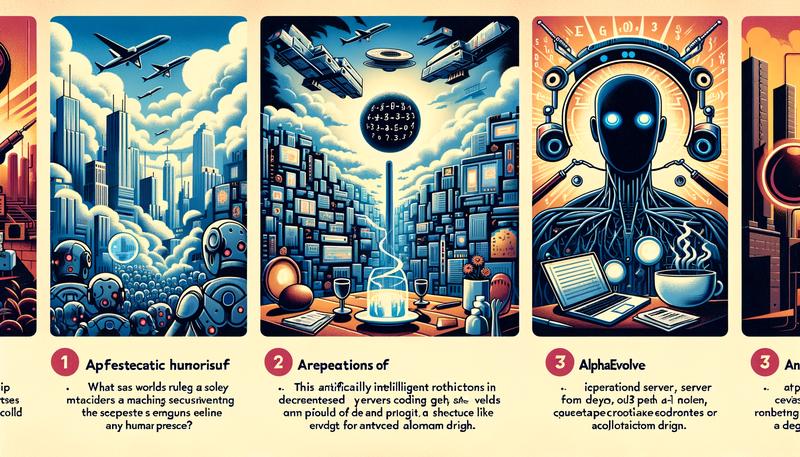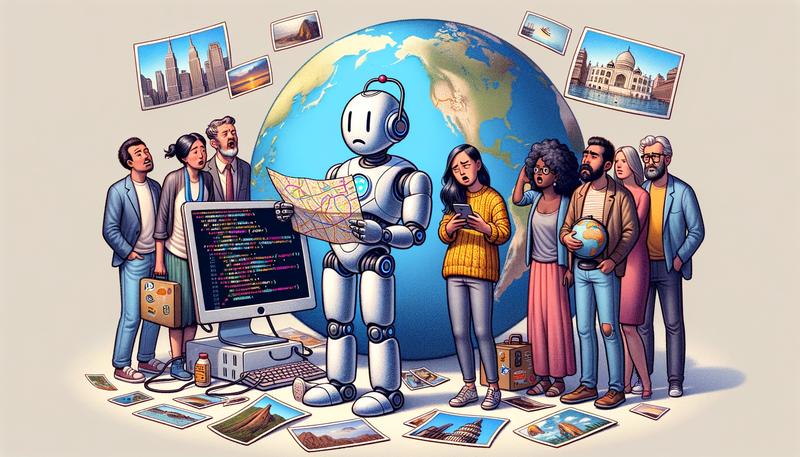Hey readers! In my latest blog post, I dive into how crucial it is to provide proper training when introducing new technology into your business. Plus, I’ve shared J.P. Morgan’s intriguing Summer Reading List for 2025, featuring 16 must-read titles that are perfect for sparking your curiosity. And for those wanting to create a fulfilling future, don’t miss out on the Life Design Prompt. Check it out!
- Technology without appropriate training may ruin your business: Training for new technology requires more than procedures and rules. You must ensure your workers are intellectually equipped for the task.
- Summer Reading List 2025 | J.P. Morgan Private Bank U.S.: J.P. Morgan Summer Reading List 2025. Discover 16 groundbreaking titles to unlock your curiosity this summer.
- 📐Life Design Prompt: Build Your Future:








